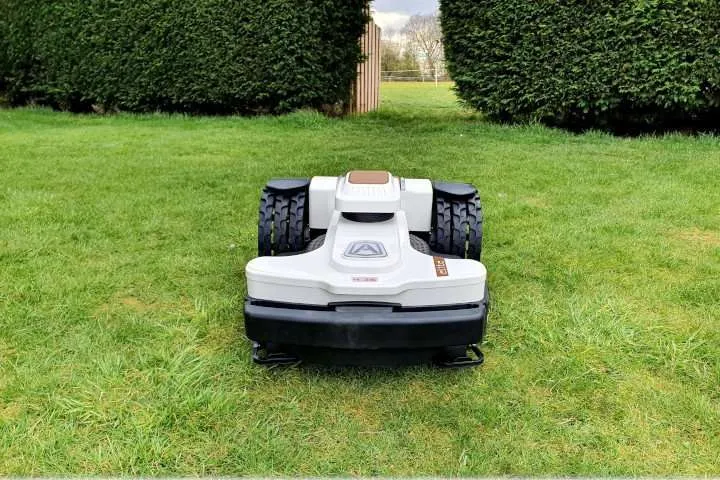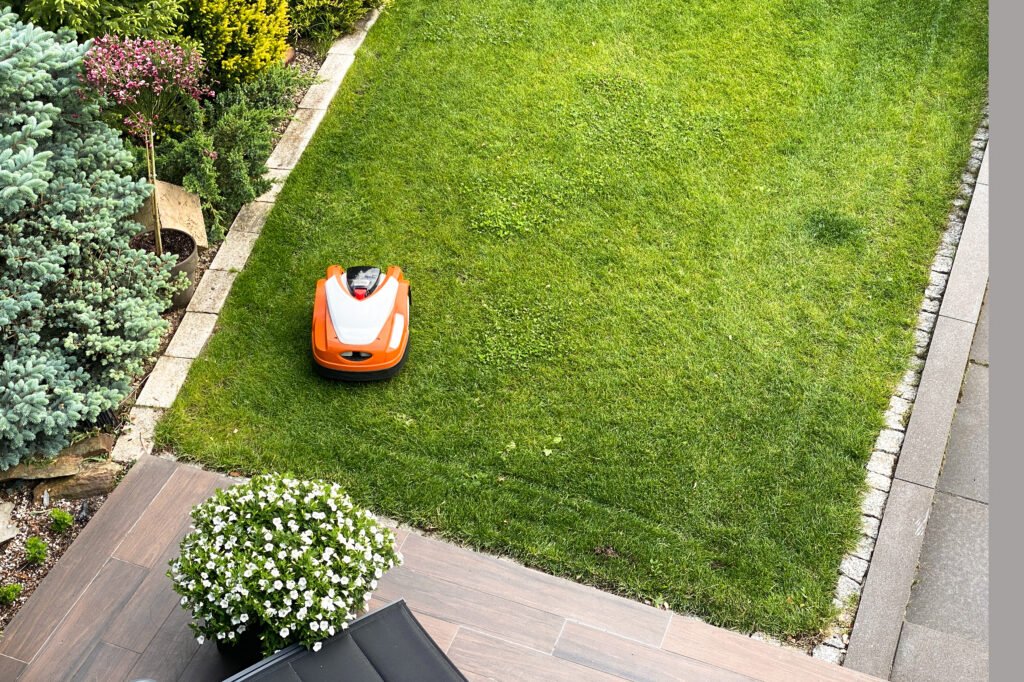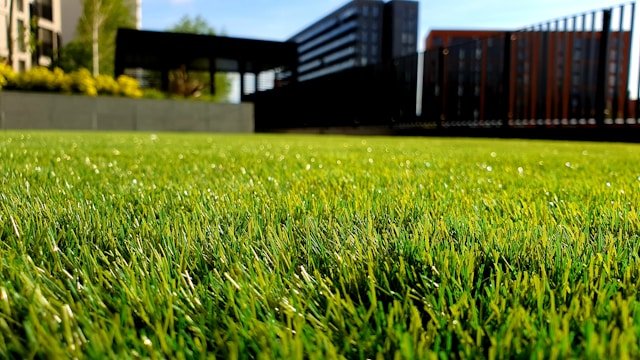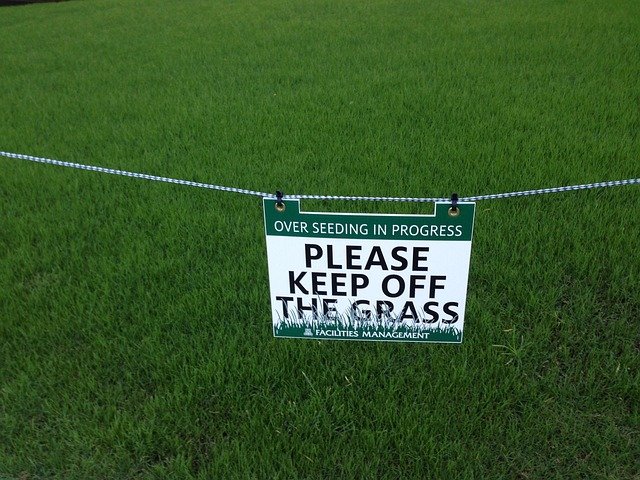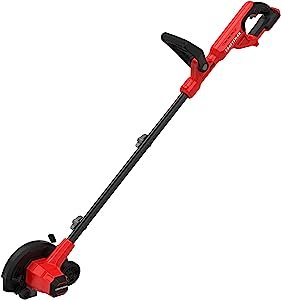Introduction to Effortless Lawn Care
Having a beautiful, lush green lawn is the dream of every homeowner. However, the idea of maintaining a lawn can often seem overwhelming and time-consuming. The good news is that with a few simple steps, you can achieve a luscious green lawn without breaking a sweat. In this article, we will explore the benefits of maintaining a green lawn, as well as provide you with five easy steps to make lawn care a breeze. By following these steps, you can enjoy a beautiful, hassle-free lawn that will be the envy of your neighborhood.
Benefits of Maintaining a Beautiful Green Lawn

Before we delve into the steps for easy lawn care, let’s take a moment to appreciate the benefits of having a lush green lawn. A well-maintained lawn not only enhances the aesthetic appeal of your property but also provides several other advantages. Firstly, a green lawn acts as a natural air purifier, absorbing carbon dioxide and releasing oxygen. This helps to improve the air quality around your home, making it healthier for you and your family.
Secondly, a healthy lawn helps to prevent soil erosion. The roots of the grass hold the soil together, preventing it from washing away during heavy rains or winds. This is especially important if you live in an area prone to erosion. Additionally, a luscious green lawn provides a safe and comfortable space for outdoor activities such as picnics, barbecues, or playing with children and pets.
Now, let’s move on to the five easy steps for automated, effortless lawn care.
Step 1: Regular Mowing
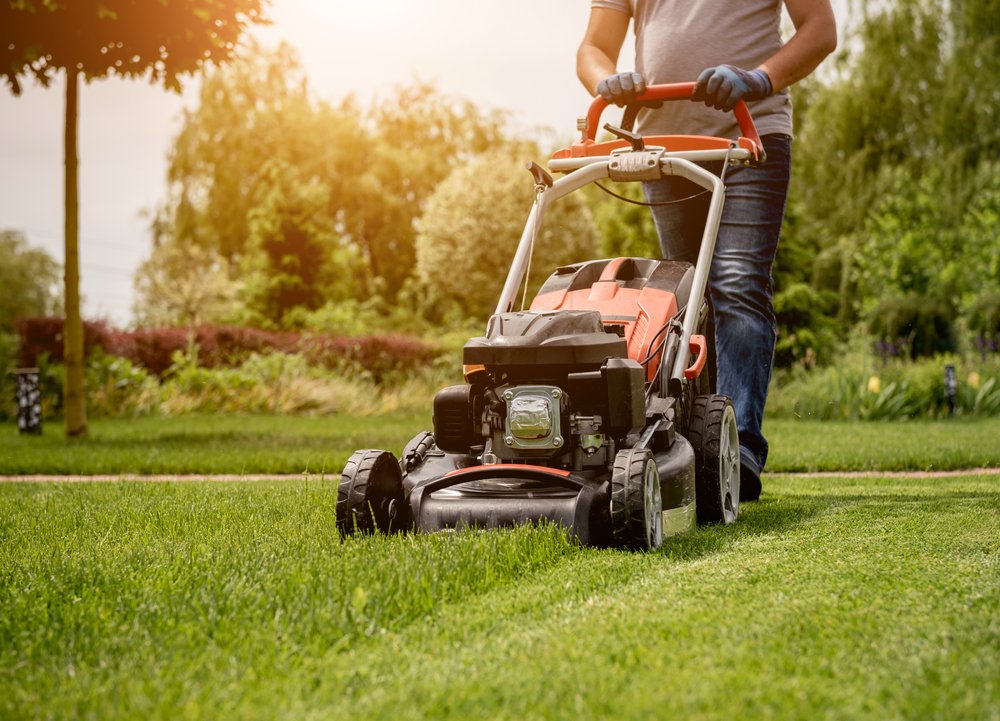
The first step towards a luscious green lawn is regular mowing and trimming. It is important to mow your lawn at the correct height, as cutting the grass too short can damage its roots and make it more susceptible to weeds and diseases. On the other hand, letting the grass grow too long can lead to a thatch buildup and hinder healthy growth.
To determine the optimal mowing height for your lawn, consult with a local gardening expert or research the specific recommendations for your grass type. Once you know the ideal height, make sure to adjust your lawnmower accordingly. Regular mowing will help to keep your lawn neat and tidy, prevent weed growth, and encourage healthier grass growth.
The easiest way to mow on a regular basis is to have an automated mower do it for you. Many robot mower models are now available that cost under $1000.
Step 2: Proper Watering Techniques
Watering your lawn correctly is crucial for its overall health and vitality. Many homeowners make the mistake of overwatering or underwatering their lawns, which can lead to various problems such as shallow root growth, weed infestation, and disease susceptibility. To ensure proper watering, follow these easy steps.
Firstly, water your lawn deeply and infrequently. This means providing enough water to penetrate the soil to a depth of at least six inches. Deep watering encourages the grass roots to grow deeper, making them more resilient to drought conditions. Avoid frequent shallow watering, as this promotes shallow root growth and weakens the grass.
Secondly, water your lawn during the early morning hours. This allows the grass blades to dry before evening, reducing the risk of disease development. Watering in the morning also ensures that the grass receives adequate moisture during the heat of the day, preventing wilting and stress.
The way to automate your lawn watering is to invest in a sprinkler system or a soaker hose. These methods provide even coverage and help to conserve water by minimizing runoff and evaporation. And either method comes with a control system that allows you to set a watering schedule. You can have the water turn on and off whenever you want.
By following these proper watering techniques, you can maintain a healthy and vibrant lawn without wasting water or wasting your time.
Step 3: Fertilizing for a Healthy Lawn
Fertilizing your lawn is essential to provide the necessary nutrients for healthy growth. A well-fertilized lawn is more resistant to diseases, withstands environmental stresses better, and maintains its lush green color throughout the year. Here are some key points to keep in mind when fertilizing your lawn.
Firstly, conduct a soil test to determine the nutrient requirements of your lawn. This will help you choose the appropriate fertilizer and avoid over or under-fertilizing.
Once you have the soil test results, select a high-quality fertilizer that matches the nutrient deficiencies identified. Look for a slow-release or controlled-release fertilizer, as these provide a steady supply of nutrients over an extended period. Avoid using excessive amounts of fertilizer, as this can lead to nutrient runoff and water pollution.
The easy way to apply lawn fertilizer is to join a lawn care subscription service such as Sunday or Gnome. When you sign up with either of these services, they test your soil to determine exactly what nutrients it needs. Then they send you what you need to apply to your lawn, when you need it. Just connect their liquid fertilizer pouches to your garden hose and spray it on. It couldn’t be simpler!
By following a proper fertilization regimen, you can provide your lawn with the essential nutrients it needs for optimal health and vigor.
Step 4: Controlling Weeds and Pests
Weeds and pests can quickly invade and ruin the appearance of your lawn. However, with a proactive approach and proper lawn care practices, you can effectively control them and prevent their recurrence. Here are some strategies to keep in mind.
Firstly, maintain a healthy and dense lawn. A thick and vigorous lawn naturally suppresses weed growth by shading out the weed seeds and preventing them from germinating. Proper mowing, watering, and fertilization practices, as discussed earlier, play a vital role in promoting a healthy lawn.
Secondly, consider using natural or organic weed control methods whenever possible. Hand-pulling weeds is an effective method for isolated or small infestations. Use a weeding tool to remove the entire root system and prevent regrowth. For larger areas, consider using natural herbicides derived from plant oils or vinegar-based solutions.
When dealing with pests such as grubs or insects, consider using biological controls or targeted insecticides. Beneficial nematodes, for example, can effectively control grub populations without harming the grass or other beneficial organisms. Always read and follow the instructions on the pesticide labels to ensure safe and effective application.
You need to practice regular maintenance to control weeds and pests. The easy way to do this is by using a subscription service such as Sunday. Their combo weed killer pack includes two ready-to-use spray bottles to easily control dozens of weeds, mosses, grasses, and more.
By implementing these strategies, you can effectively control weeds and pests in your lawn, ensuring its beauty and health for years to come.
Step 5: Overseeding for a Thicker Lawn
Overseeding involves spreading grass seed over your existing lawn to fill in thin or bare spots and promote a denser turf. Choose a high-quality grass seed that is suitable for your climate and grass type. Before overseeding, ensure that the soil is properly prepared by raking away any debris or thatch and loosening the top layer to facilitate seed-to-soil contact.
Water the overseeded area regularly to keep the soil moist until the new grass establishes. Avoid mowing the newly seeded area until the grass has reached a height of at least three inches. Overseeding, combined with regular aeration, will help to rejuvenate your lawn and promote a thicker, healthier turf.
Make this task simple by using a more professional grade subscription service such as Lawnifi or by picking up a bag of grass seed from your local plant nursery.
Enjoy Your Beautiful, Hassle-Free Lawn
In conclusion, maintaining a luscious green lawn doesn’t have to be a daunting task. In fact, it can be quite simple and somewhat automated. By following the five easy steps outlined here you can achieve a beautiful, hassle-free lawn that will be the envy of your neighborhood.

